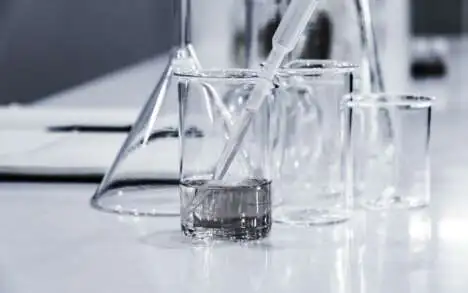Author: Jenny Lin
Taiwan has one of the most enviable healthcare systems in the world – it boasts the number one ranking among 93 countries two years in a row from mid-2018 and mid-2020 in terms of the overall quality according to the Health Care Index by Country released by NUMBEO. With this in the backdrop and an aim to further enhance its regulatory framework for the healthcare industry, Taiwan Ministry of Health and Welfare (MHW) announced the Medical Devices Act (“new Act”) in January 2020 (with the effective date yet to be announced by the Executive Yuan).
The new Act separates regulations of medical devices from the current overarching Act, which governs both drugs and medical devices, the “Pharmaceutical Affairs Act” (“current Act”). The new Act does not substantially change the existing regulatory requirements for medical devices. It is mainly formulated to align the Act with global practices while incorporating certain requirements that are not currently in the Pharmaceutical Affairs Act but stipulated in other TFDA regulations/guidance.
The new Act extends the definition of “manufacturers”, mandates the requirements to maintain traceability data, implements an online listing system for certain low-risk devices, adds management requirements for clinical trials, and strengthens postmarket surveillance on product safety. It is believed that these regulatory updates will help accelerate product launch period to benefit patients while improving the management system of medical devices in Taiwan. A total of 85 articles are in the new Act, of which the highlights are outlined below:
Broaden the definition of “medical device manufacturers” to include entities that conduct design activities
Under the current Act, only entities who engage in actual production and final release of the product can submit a registration application as the legal manufacturer. The new Act will allow two types of manufacturers:
- Entities engaged in the manufacturing, packaging, labelling, sterilisation, or final inspection and release of medical devices.
- Entities engaged in the design of medical devices and marketing of devices under their name.
This will create the avenue for businesses who only “conduct design activities” but wish to subcontract the manufacturing process to other companies while marketing the devices under their own name. This will be especially beneficial for business with innovative design concepts, but may not have the appropriate production facilities to bring their products to the market in a faster route.
Broaden the scope of activities for “medical device dealers.”
The current definition of “medical device dealers” only includes businesses which engaged in the wholesale, retail, import, export and rental of medical devices. The new Act expands the scope to cover companies which provide “repair” services to medical devices. A business which is currently only engaged in maintenance work will also need to comply with the relevant responsibilities outlined in the new Act for “medical device dealers”, including obtaining a business permit as a medical device dealer, having a good distribution practice in place for certain high-risk products that are announced by the authority.
Mandate establishment of traceability records
The current Act only requires a product traceability system to be established for certain drug categories as announced by the authority. Under the new law, manufacturers, device dealers (including local distributors) and medical institutions will be required to establish and maintain a traceability system for high-risk devices (likely Class III). The traceability records for certain product categories (as announced by the authority) will also be required for submission. The MWH will introduce separate regulations or guidance on the contents, format, and submission methods of such records. If you are a foreign manufacturer supplying Class III products to Taiwan, it may be the time to revisit the agreement with your local distributors to ensure the agreement aligns with the upcoming regulatory requirements.
Along with the above update, TFDA has been conducting a pilot program for Unique Device Identification (UDI) since 2015. UDI is expected to become mandatory in phases from high to low-risk devices once the new Act is implemented.
Implement “online listing system” for certain low-risk devices
While the current law requires all devices regardless of class to have a TFDA registration license, the new Act will introduce an online notification system to allow certain low-risk device categories (as announced by the authority) to enter the market via an online notification process. This will eliminate the current TFDA administrative process of issuing a registration license for eligible Class I products.
Incorporate management of clinical trials into the Act
Certain clauses in the existing Medical Device Good Clinical Trial Practice (GCP) will be incorporated into a new Chapter in the Act, which will mandate the reporting obligations for any adverse events occurred during the clinical trial period. The new Act will also allow devices without significant risks (as announced by the authority) to be used in clinical trials without prior approval from the central competent authority.
Strengthen postmarket surveillance
The new Act will authorise TFDA to request medical device dealers to submit periodical safety monitoring reports for certain high-risk medical devices (to be announced). Manufacturers must have a postmarket surveillance procedure in place to ensure that all safety issues and risks will be communicated to the manufacturer and/or local sponsor (license holder), all sales/complaints records are kept and updated periodically, and that corrective and preventive measures are taken as necessary.
Contact usConclusion
While the new Act does not introduce substantial changes to the existing requirements, many clauses in the new Act “grant” the relevant component authorities to formulate detailed requirements and procedures in separate regulations or guidance, it is necessary to heed these upcoming changes to ensure that your premarket and postmarket procedures are kept up-to-date and in-line with the latest regulations.








